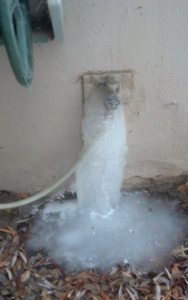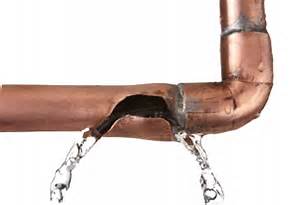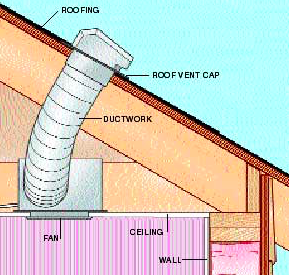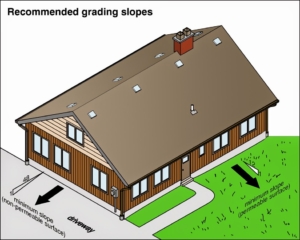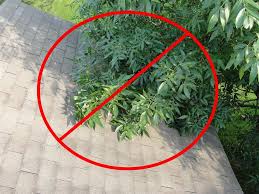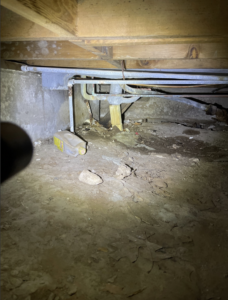
Crawlspace Safety
Crawlspaces are notorious for the nasty discoveries made there by homeowners, inspectors, and home remodelers, and it isn’t hard to figure out why; for one thing, their cool, dark environment attracts undesirable pests and can promote dangerous conditions. And since the crawlspace is mostly unmonitored, hazards can breed there unchecked for a long time. Never enter a crawlspace without wearing protective clothing and having two flashlights (in case the first one stops working).
The following are some of the more common dangers discovered in crawlspaces:
Metal and Wooden Protrusions: Depending on the age of your home, the crawlspace may house some unwelcoming structural protrusions that you may bump your head on or cut your hand on, so proceed with caution. Even if your crawlspace is clean and free of pests, it’s no guarantee that it will also be free of a nail head, bent metal attachment, or joist or beam in an unexpected area. Protect your head by wearing a ball cap or hard hat, and wear gloves to protect your hands.
Pests
Dirt crawlspaces provide the environment that is favored by ants, termites and other insects, and various other pests, including snakes and scorpions, as well as warm-blooded animals looking for a place to nest, such as raccoons, mice and rats. Some of these pests are poisonous; others may attack when startled. Always wear protective clothing and use a strong flashlight to illuminate the space before entering it.
Mold
Just like pests, mold and other types of fungus can grow rapidly in crawlspaces. Mold is a health concern, as well as a cause of wood decay, which may require costly repairs. Airborne mold spores can potentially enter the living space from the crawlspace. Molds produce allergens (substances that can cause allergic reactions) and irritants. In some cases, they can produce potentially toxic substances called mycotoxins. Inhaling or touching mold or mold spores may cause allergic reactions in sensitive individuals. Allergic responses include hay fever-type symptoms, such as sneezing, a runny nose, red eyes, and skin rash (dermatitis).
Asbestos Insulation
Do not disturb asbestos! The microscopic fibers that cause illness become airborne when the insulation is handled or disturbed. If it appears to be in good shape, it might not be a problem at all. Prolonged exposure to asbestos insulation can cause mesothelioma, which is a cancer of the lining of the chest and the abdominal cavity, as well as asbestosis, in which the lungs become scarred with fibrous tissue.
Standing Water or Sewage
Dirt crawlspaces are susceptible to water seepage, which can create a host of problems, such microbial growth, odors, damage to stored belongings, and risk of electrical shock.
Improper Wiring
Look for loose wiring, open junction boxes, or wiring that has become loose and fallen to the floor.
If you discover any of these issues, contact a licensed electrical contractor for repairs and possible updates to your system.
Source of Energy Waste: Traditionally, crawlspaces have been vented to prevent problems with moisture, and most building codes require vents to aid in removing moisture from the crawlspace. However, many building professionals now recognize that ventilated crawlspaces allow a great deal of heat loss in the winter and moisture intrusion in the summer from damp air. Have your InterNACHI inspector evaluate your crawlspace and recommend options for preventing energy loss in this area.
Structural Collapse: If you have reason to suspect that the home or foundation is unstable, especially following an earthquake or flood, it might be dangerous to enter its crawlspace. It’s easy to become pinned, trapped or even crushed inside unstable crawlspaces. Make sure someone knows that you’re going into the crawlspace before you enter it.
Home Run Inspections, LLC
Oklahoma: 405-905-9175
Florida: 850-203-3239
Info@HomeRunInspections.com
We Cover All the Bases!
Serving the Oklahoma City metro and surrounding areas including Edmond, Yukon, Piedmont, Bethany, El Reno, Tuttle, Mustang, Moore, Norman, Midwest City, Del City, Choctaw, McCloud, Shawnee, Harrah, Newalla, Jones, and more.
Also Now Serving the Florida Panhandle metro areas including Destin, Fort Walton Beach, Okaloosa Island, Miramar Beach, Santa Rosa Beach, Niceville, Shalimar, Freeport, Crestview, DeFuniak Springs, Panama City Beach, and more.
Schedule Your Inspections Online at:
Oklahoma Scheduler
Florida Scheduler
Like us on FaceBook
Follow us on Twitter
Follow us on Instagram
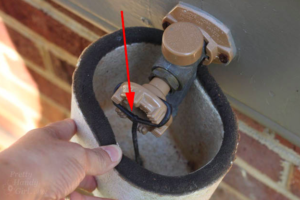


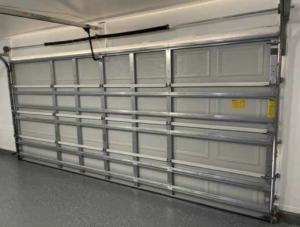

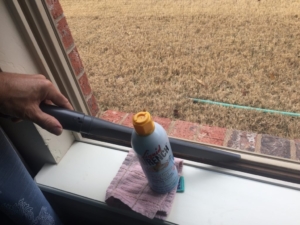
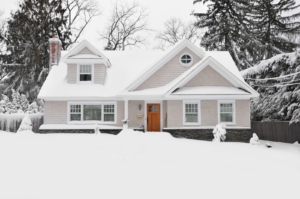
 “It’s Hot in Here”
“It’s Hot in Here”
